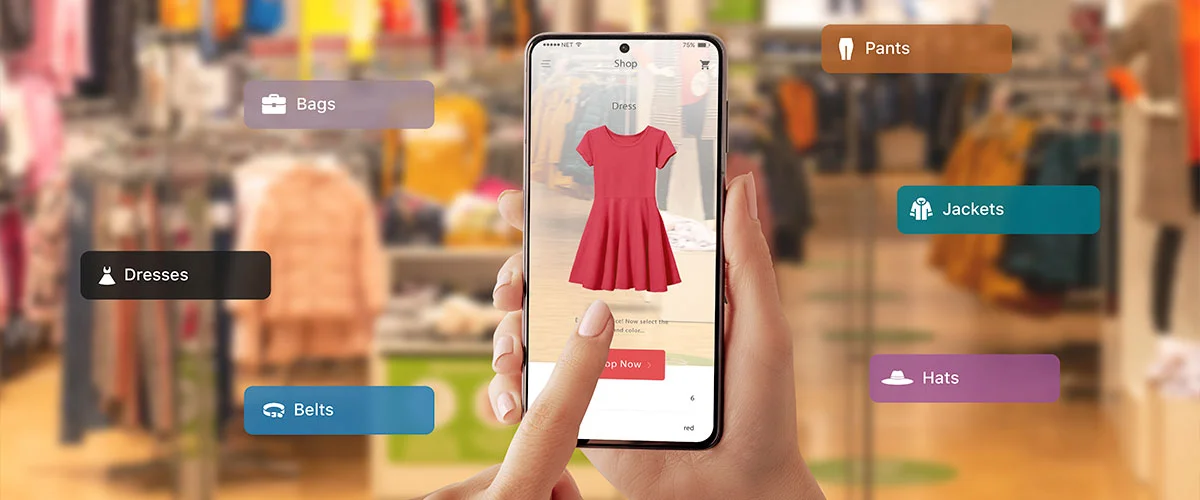
How to Create an Omnichannel Strategy for Your E-Commerce Business
If you were launching an e-commerce brand a decade ago, all you would have needed to do was create a website. One simple website and you would be all set.
Sadly, that is no longer the case. With the rise of technology, people are no longer restricted to brick-and-mortar stores. Instead, they can access multiple channels and touch points, such as websites, social media, mobile apps, and physical stores, to research and purchase products. The world has now become a never-ending mall, all from the palm of your hand.
If you want to leave an impression, you need an omnichannel e-commerce platform.
What is an omnichannel e-commerce platform?
Omnichannel e-commerce refers to a strategy that integrates multiple channels and touch points to provide a seamless experience across all channels. It’s about meeting customers wherever they are and making it easy for them to interact with your brand.
An effective omnichannel approach involves understanding your customers’ behaviour and preferences, identifying your channels and touch points, integrating them, and continuously measuring and optimising your strategy.
If it sounds complicated at the moment, fear not. We’re going to walk you through it, step by step.
Step 1: Understand your customers’ behavior and preferences
The first step in creating an omnichannel strategy is to understand what your customers are looking for. This involves gathering customer insights through various methods, such as surveys, analytics tools, social media monitoring, and customer feedback.
Customer insights can help you identify your target audience, understand their shopping behaviour, preferences and pain points. You can use this information to create personalised experiences that resonate with them.
For example, let’s say you run an online fashion store. By analysing customer data through your omnichannel software, you notice that a significant number of your customers prefer to browse on mobile devices and often abandon their carts at the checkout stage. This information can help you optimise your mobile app and checkout process to reduce cart abandonment and improve the overall shopping experience.
Step 2: Identify your channels and touch points
The second step is to identify the channels and touch points you will use to engage with your customers.
Channels, in this case, refer to the various platforms and technologies that you use to reach your customers. This list can include everything, ranging from your website, mobile app, social media, email, to physical stores.
Touch points are the points of interaction between the customer and your brand. For example, product pages, shopping carts, customer service, and loyalty programs.
To choose the right channels and touch points, you need to understand your customers’ behavior and preferences.
For example, if your target audience is mostly active on social media, you can leverage social media platforms to engage with them through targeted ads, influencer partnerships, and user-generated content. If your customers prefer to shop in-store, you can offer in-store pickups, personalised recommendations, and loyalty programs to incentivise them to visit your physical store.
Step 3: Integrate your channels and touch points
The third step is to integrate your channels and touch points to provide a seamless and consistent customer experience.
You will need to align your messaging, branding, and customer data across all channels on your omnichannel software to create a unified experience for your customers. This means that customers should be able to start their shopping journey on one channel and seamlessly transition to another with no disruptions.
For example, if a customer adds a product to their cart on your website and later completes the purchase in-store, the in-store staff should be able to access the customer’s cart data and provide a seamless checkout experience. This requires integration between your website, in-store POS system, and the customer database.
Similarly, if a customer comes across your ad on social media and clicks on it, they should be redirected to that product page on your website for easy purchase.
Step 4: Measure and optimise your strategy
The last step is to measure and optimise your omnichannel strategy to ensure that it is delivering the desired results. For this, you will need to set key performance indicators (KPIs) like conversion rates, engagement rates, customer lifetime value, and others.
You need to set these KPIs into your omnichannel e-commerce platform so that you can track performance easily. Once you have the data from implementing your different strategies, you will take an informed decision on which one is working best.
Continuous optimisation is crucial to stay competitive and meet customer needs. Your customers’ behavior and preferences are constantly evolving, and your strategy should adapt to these changes. Collecting customer feedback and performance data can provide valuable insights into how you can improve the customer experience and optimize your strategy.
For example, if you notice your customers are abandoning their carts at a particular stage of the checkout process, you can use A/B testing in your omnichannel software to experiment with different checkout flows and identify the optimal one that reduces cart abandonment rates.
Conclusion
Creating an effective omnichannel strategy is a complex process that requires a deep understanding of your customers’ behaviour and preferences. It is quite a significant commitment and should not be taken lightly.
Don’t opt for an omnichannel e-commerce strategy just because your peers are doing the same. It should make sense for you on a personal level. If you decide to opt for an omnichannel strategy, check the different platforms available in the market. Pick the omnichannel e-commerce platform that aligns with the needs of your e-commerce business.



